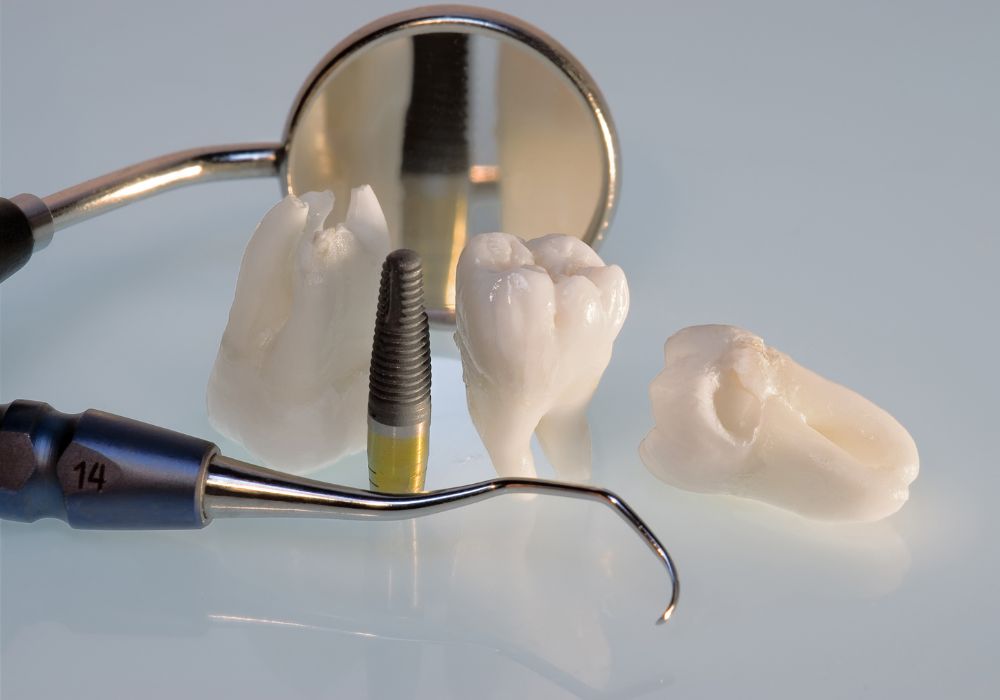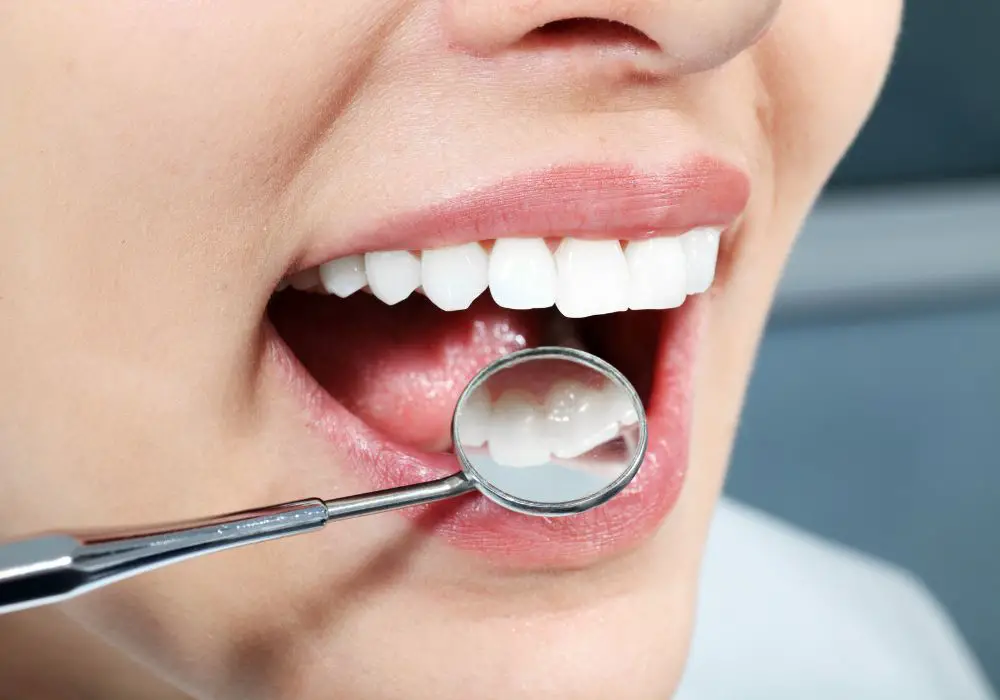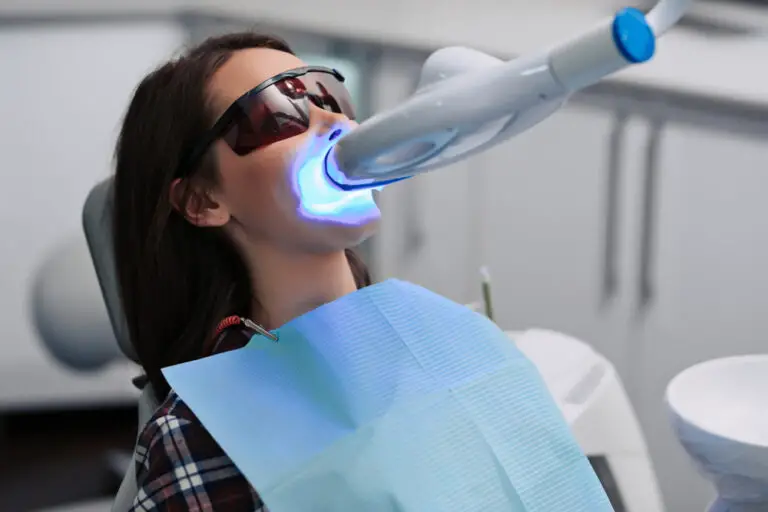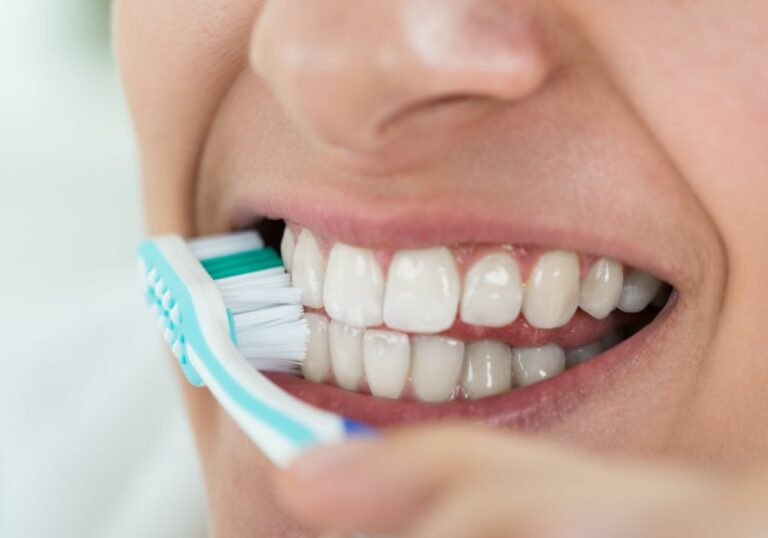Humans have evolved to have teeth that are not sharp, unlike many other animals. This can be attributed to the changes in human diet and the role of cooking in human evolution. While humans may not have sharp teeth, they are still able to consume a wide variety of foods due to the anatomy of their teeth.
From an evolutionary perspective, humans have evolved to have teeth that are adapted to their diet. Early humans primarily consumed tough plant materials and meat, which did not require sharp teeth for consumption. Over time, humans began to cook their food, which made it easier to consume and digest. This led to a reduction in the size of human teeth, as they were no longer needed to break down tough foods.
The anatomy of human teeth also plays a role in why humans do not have sharp teeth. Humans have flat molars and premolars that are designed for grinding and crushing food, rather than tearing it apart. Additionally, humans have smaller canine teeth compared to other animals, which are not used for hunting or self-defense. While humans may not have sharp teeth, they are still able to consume a wide variety of foods due to the versatility of their teeth.
Key Takeaways
- Humans have evolved to have teeth that are adapted to their diet and the role of cooking in human evolution.
- The anatomy of human teeth is designed for grinding and crushing food, rather than tearing it apart.
- Despite not having sharp teeth, humans are still able to consume a wide variety of foods due to the versatility of their teeth.
Evolutionary Perspective
Role of Diet in Human Evolution
One of the most significant factors that influenced the evolution of human teeth is diet. As humans evolved, they shifted from a primarily plant-based diet to a more omnivorous one. This change in diet required a different type of teeth that could handle a wider variety of foods. The evolution of flatter molars with more grinding surfaces allowed early humans to more efficiently process tougher foods like meat and fibrous plant material.
Comparison with Other Primates
Compared to other primates, humans have relatively weaker and less sharp teeth. This is because, over time, humans have relied more on tools and cooking to prepare their food. Cooking softens food, making it easier to chew and digest. As a result, humans have less need for sharp teeth to tear through tough food.
In contrast, many primates still rely heavily on their teeth for survival, and their teeth are much sharper and stronger than those of humans. For example, chimpanzees have large, sharp canine teeth that they use for self-defense and to hunt small prey.
Overall, the evolution of human teeth is closely tied to changes in diet and lifestyle. As humans continue to evolve and adapt, it will be interesting to see how our teeth continue to change to meet the demands of our ever-changing diets and lifestyles.
Anatomy of Human Teeth

Types of Human Teeth
Humans have two sets of teeth in their lifetime: primary teeth, also known as baby teeth, and permanent teeth. Primary teeth usually start to erupt around 6 months of age and are replaced by permanent teeth between the ages of 6 and 12.
There are four types of teeth in the human mouth, each with a specific shape and function:
- Incisors: These are the front teeth in the mouth and are used for biting into food. They have a flat, chisel-shaped edge that is designed to cut through food.
- Canines: These are the pointed teeth located next to the incisors. They are used for tearing and ripping food.
- Premolars: These teeth are located between the canines and molars and are used for grinding and crushing food.
- Molars: These are the largest teeth in the mouth and are located at the back of the mouth. They have a large, flat surface that is used for grinding and crushing food.
Function of Each Tooth Type
Each type of tooth in the human mouth has a specific function:
- Incisors: These teeth are used for biting into food and are the first teeth to come into contact with food when you take a bite.
- Canines: These teeth are used for tearing and ripping food, and are especially useful for eating meat.
- Premolars: These teeth have two pointed cusps that are used for grinding and crushing food.
- Molars: These teeth have multiple cusps and are used for grinding and crushing food. They are especially important for breaking down tough, fibrous foods like vegetables and meat.
Overall, the shape and function of human teeth are adapted to the type of food that humans eat. While humans don’t have sharp teeth like carnivores, our teeth are still well-suited to the types of food that we consume.
Role of Cooking in Human Evolution

Cooking was a pivotal step in human evolution and led to numerous changes in human anatomy and behavior. The shift to a cooked-food diet was a decisive point in human history. It is believed that cooking food allowed early humans to consume more calories and nutrients from their food, which in turn led to the development of larger brains and smaller guts.
According to researchers, cooking food made it easier for humans to digest their food and absorb more nutrients. Cooking also helped to break down toxins and make food safer to eat. The use of fire for cooking also contributed to a documented reduction in the size of hominin jaws and teeth over the past 2.5 to 5 million years.
The reduction in tooth size allowed for the development of speech and communication patterns, and could even have affected the evolution of the human brain in areas that controlled these other traits. Cooking also allowed humans to spend less time chewing and digesting food, which freed up time for other activities, such as socializing, hunting, and creating art.
In summary, the role of cooking in human evolution cannot be overstated. The shift to a cooked-food diet allowed early humans to consume more calories and nutrients, which led to the development of larger brains and smaller guts. Cooking also made food safer to eat and allowed humans to spend less time chewing and digesting food, which freed up time for other activities.
Effects of Modern Diet on Human Teeth
Modern diets have a significant impact on the health of human teeth. The consumption of processed foods and sugary drinks has increased dramatically over the past few decades, leading to an increase in dental problems such as cavities and gum disease.
One of the main culprits is sugar. When we consume sugary foods and drinks, the bacteria in our mouth feed on the sugar and produce acid. This acid can erode the enamel on our teeth, leading to cavities and decay.
Another issue is the lack of nutrients in modern diets. Many people consume diets that are high in processed foods and low in essential vitamins and minerals. This can lead to weakened teeth and gums, making them more susceptible to decay and infection.
In addition to the negative effects of modern diets on teeth, certain trendy diets can also have a detrimental impact. For example, the popular low-carb, high-fat ketogenic diet can lead to bad breath and an increased risk of gum disease. This is because the diet encourages the production of ketones, which can cause an unpleasant odor in the mouth.
Overall, it is important to maintain a balanced diet that includes plenty of fruits and vegetables, lean protein, and whole grains. Reducing sugar intake and avoiding trendy diets that can harm teeth can also help to promote good dental health.
Frequently Asked Questions

Why don’t humans have sharp teeth?
Humans do have sharp teeth, but they are not as sharp as those of other meat-eating animals. The reason for this is that humans have evolved to eat a wider variety of foods, including fruits, vegetables, and grains, which require teeth that can grind and crush, rather than simply tear.
Why did humans lose their fangs?
As humans evolved to eat a wider variety of foods, their teeth adapted to better suit their new diet. This included a reduction in the size and sharpness of their teeth, including their fangs.
What is the evolutionary reason for humans not having sharp teeth?
The evolutionary reason for humans not having sharp teeth is that they have evolved to eat a wider range of foods, including fruits, vegetables, and grains, which require teeth that can grind and crush, rather than simply tear. Additionally, humans have developed tools and cooking methods that allow them to process and prepare food in ways that make it easier to eat.
Are humans supposed to have sharp teeth and claws?
Humans are not supposed to have sharp teeth and claws, as they have evolved to eat a wider range of foods and use tools and cooking methods to process and prepare their food. While humans may have had sharper teeth and claws in the past, these adaptations have become less important as humans have developed other ways of obtaining and processing their food.
Why do humans have flat teeth instead of sharp teeth?
Humans have flat teeth instead of sharp teeth because they have evolved to eat a wider range of foods, including fruits, vegetables, and grains, which require teeth that can grind and crush, rather than simply tear. Additionally, humans have developed tools and cooking methods that allow them to process and prepare food in ways that make it easier to eat.
How did humans’ teeth evolve to be flat instead of sharp?
As humans evolved to eat a wider range of foods, their teeth adapted to better suit their new diet. This included a reduction in the size and sharpness of their teeth, as well as the development of flatter teeth that could grind and crush food more effectively. Additionally, humans have developed tools and cooking methods that allow them to process and prepare food in ways that make it easier to eat.







